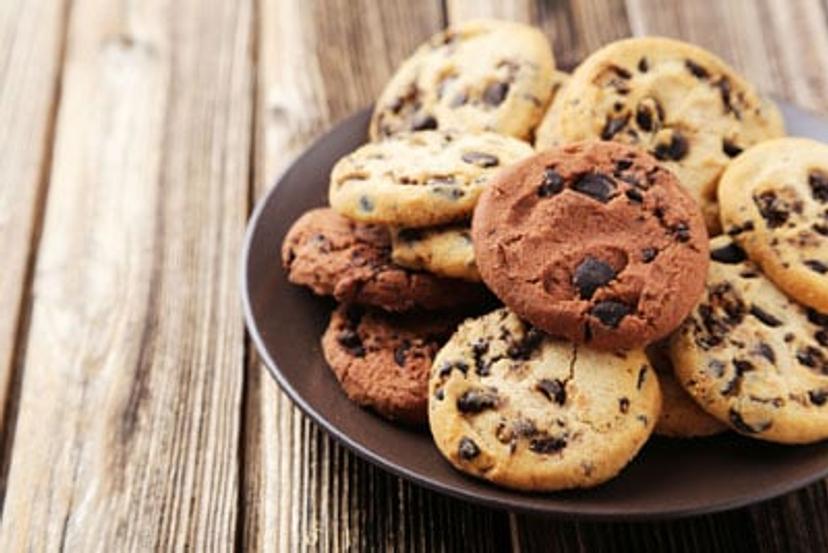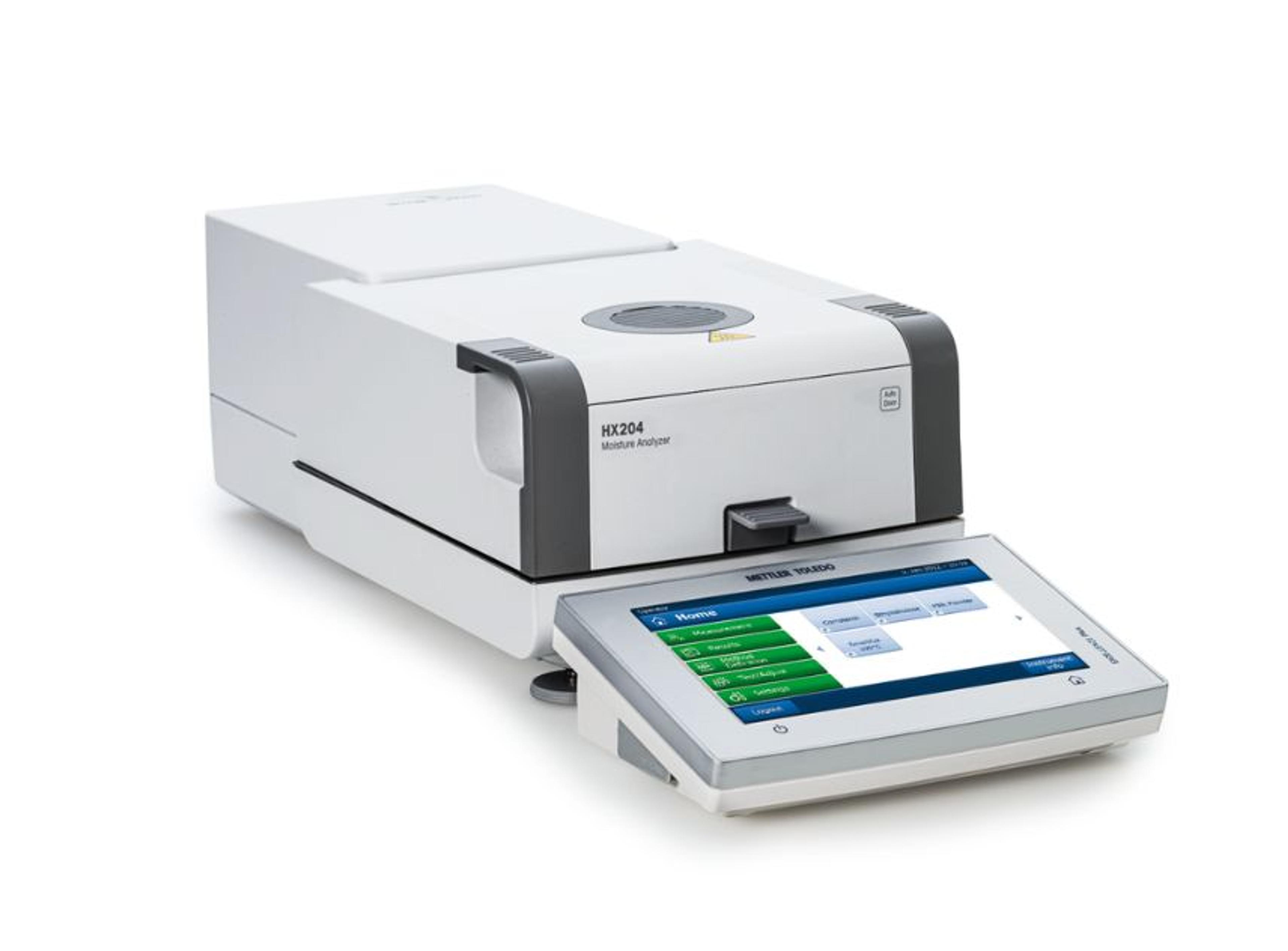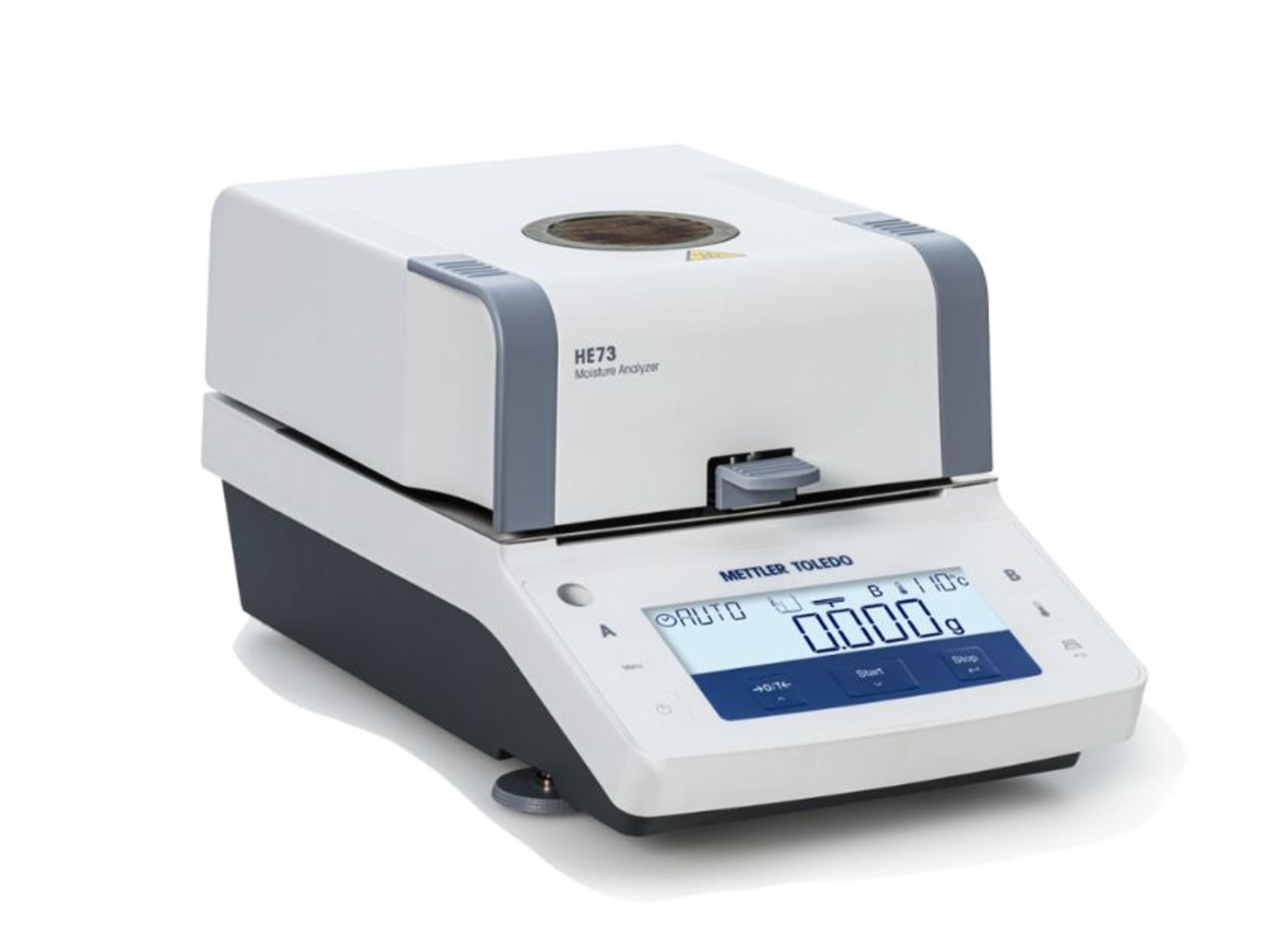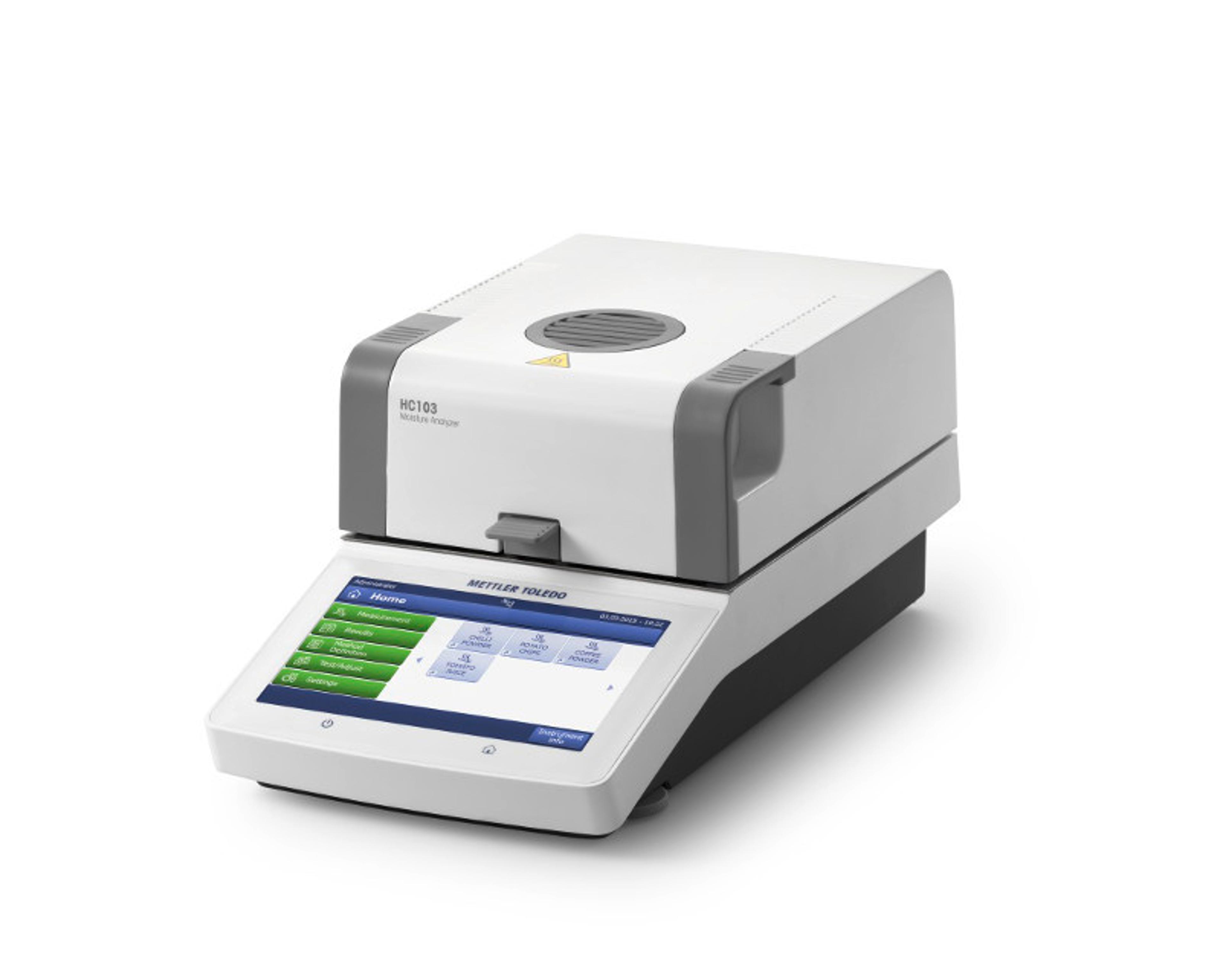Can Science Really Help Make the Best Cookies?
Ever wondered why some cookie recipes are better than others? In this article, discover the impact moisture content can have on taste, shelf-life and more
7 Jan 2019
At its simplest, a cookie is a combination of grains, sugar and fats that can range anywhere from delectable treat to lackluster disappointment. The ratio of ingredients, in conjunction with cooking method and time, results in each cookie having an individual moisture content and, whilst homemade cookies may vary delightfully with every batch, it is important that commercial products remain consistent – not only to ensure they taste as expected, but also to ensure they are safe to eat.

What is moisture content and why is it so important?
Moisture content is one of the most commonly measured properties of food, with most foods having an optimum moisture content value that enables them to be stored for as long as possible whilst maintaining taste and consistency. As such, the reliable moisture analysis of food products is essential throughout the entire production process, from primary goods inspection, to quality control, production and storage.
In the case of the humble cookie, too much moisture can lead not only to it being soggy but can also make it prone to mold growth – reducing shelf life and, in some cases, reducing profits.
Food moisture analysis vs food quality
While the reasons for testing can be as varied as the food itself, they can be split into five key areas:
- The legal and labeling requirements imposed by the region of production
- Economic factors, as the cost of many foods depends on the amount of water they contain
- Microbial stability, given that the propensity of microorganisms to grow in foods depends on their water content
- The quality of the food produced
- The ability to predict the behavior of food during processing operations
It is therefore vital that food scientists have adopted methods which enable them to reliably measure moisture content. A number of analytical methods have been developed, and the choice of procedure is dependent on the food sample being analyzed and the information needed. In the case of cookie manufacturing, each ingredient should be analyzed on receipt and prior to production, and then the cookie itself fully tested prior to shipping.
How do moisture analyzers work?
Moisture analysis is the measurement of total evaporation upon heating, and is not limited to just water content. Halogen moisture analyzers work according to the thermo-gravimetric principle, which is often referred to as loss on drying (LOD), and measure the change in a sample’s weight during heating, with the final moisture content level being determined based on the total loss in weight.
Can you use a moisture analyzer as a standard method to measure moisture content?
Whilst the official method to determine moisture content is with a drying oven, this is a long process. It is now commonly accepted that a moisture analyzer can be used during a standard method if the same result (reference value from drying oven) and level of accuracy can be determined. Some labs even choose to run the oven drying and moisture analyzer methods in parallel to verify results.
For more information, download the guide to drying ovens vs moisture analyzers application note.
Are there different moisture analyzer methods for determining the moisture in food samples?
Foods vary in structure and consistency and contain a different amount of moisture, and as such there are individual validated methods for different food items – from baking powder to yoghurt. Each method developed by METTLER TOLEDO has a method for use in the halogen moisture analyzer as well as, for comparison, the drying oven method and result, allowing for easy comparison and reliability testing.
In the Moisture Food Methods Collection produced by METTLER TOLEDO there are 20 methods, just some of the 100 methods developed for common food samples.
That’s the way the cookie crumbles
Overall, new moisture analysis technology can be a useful asset to help quickly determine the quality of cookie produced, and analysis prior to production can enable consistent baking results which reduces waste and increases profits.



